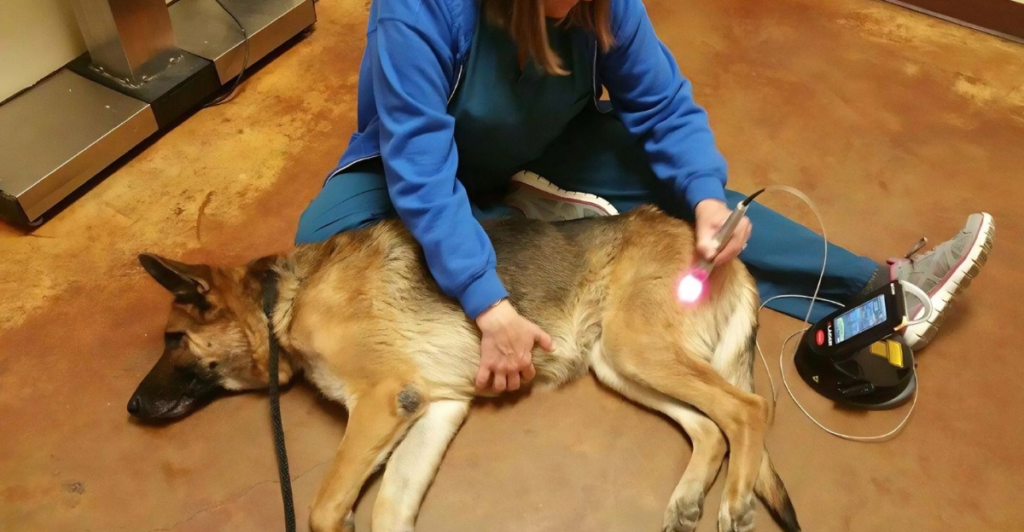
In 1986, Chornobyl residents had to be evacuated from their homes and out of the city as a whole. They were told not to take the essentials with them, and this included their pets. Tragically, residents would never be allowed to return to their homes, where their pets were waiting for them.
The Will To Survive
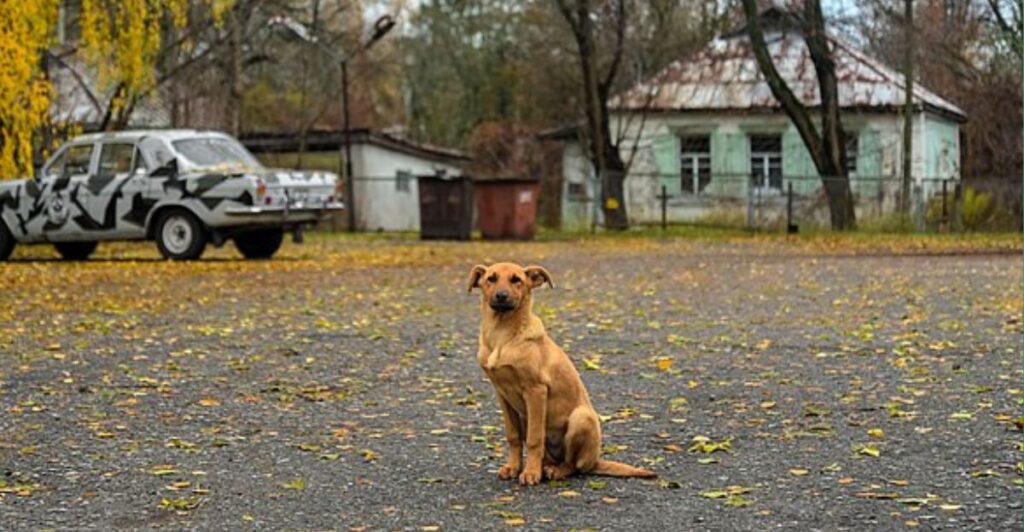
Many hypothesized that the pets wouldn’t by able to survive without their owners, but with nearly 40 years gone by, we can see that domesticated animals had the will to survive. Now there’s a large dog population in Chernobyl, and they are still largely domesticated.
A Helping Hand
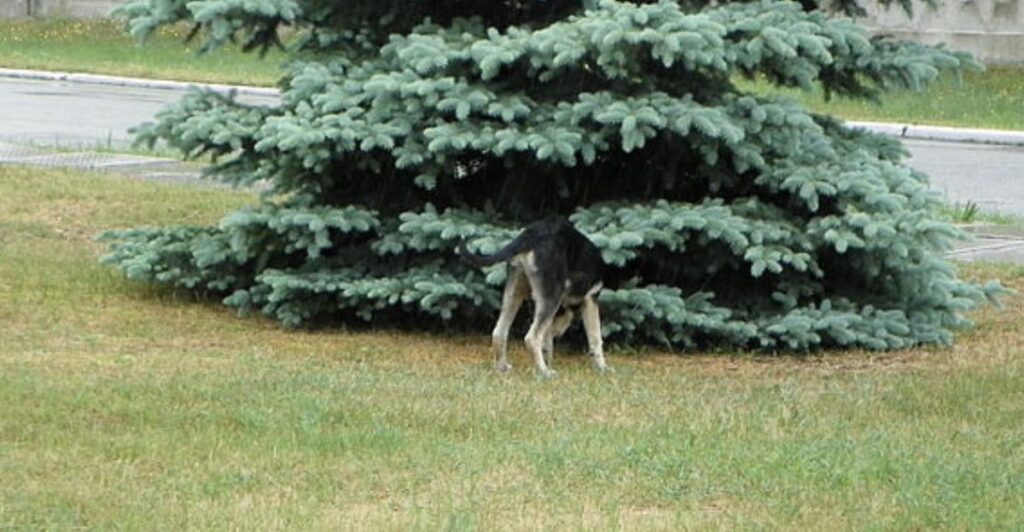
Organizations have tried their hand at cleaning up Chornobyl, and trying to lend a helping hand where they can. Two organizations called the Clean Future Fund and Four Paws, have devoted resources to try and improve the quality of life for the local dog population.
Adoption
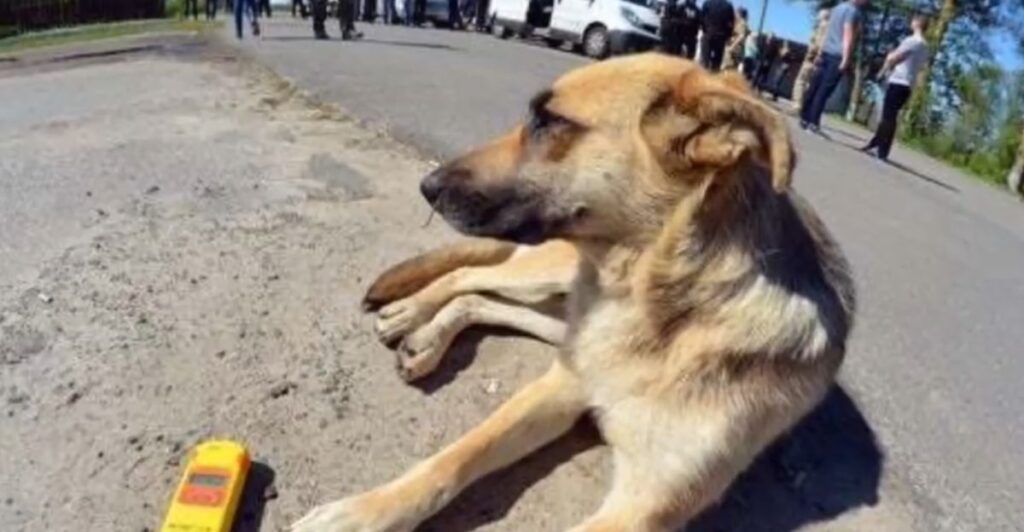
The two organizations started an initiative to get many puppies out of the Exclusion Zone and into the arms of a loving family. In 2018, there was an adoption effort where puppies that were screened for contamination and other conditions could be approved to be adopted from the United States and Canada.
No Longer Allowed
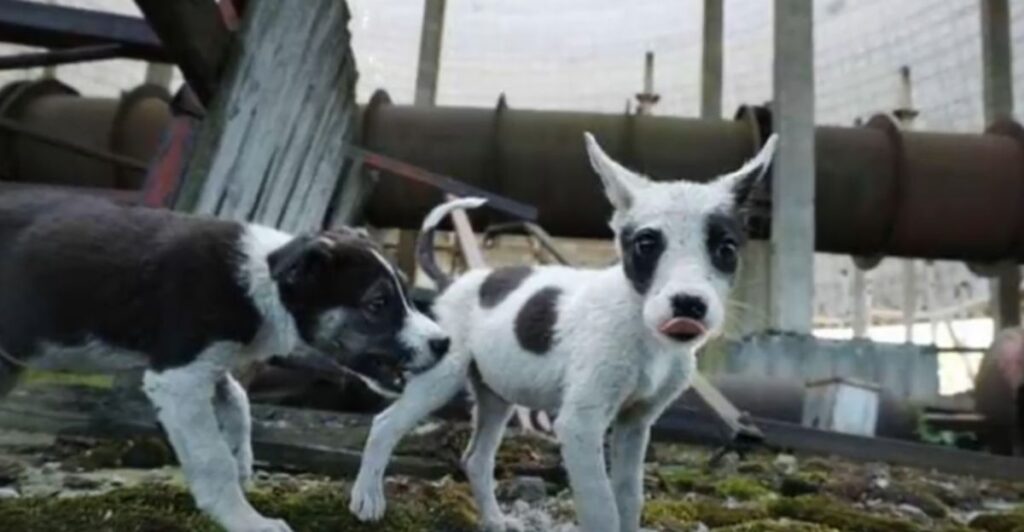
The adoption window quickly closed, and now it is against the law to adopt any dogs even if they are in good health – Halting the dreams of many dogs and people alike to see these animals thrive in a domestic environment. Despite outside help, the dogs live a less-than-ideal life on the streets of Chornobyl.
A Harsh Life
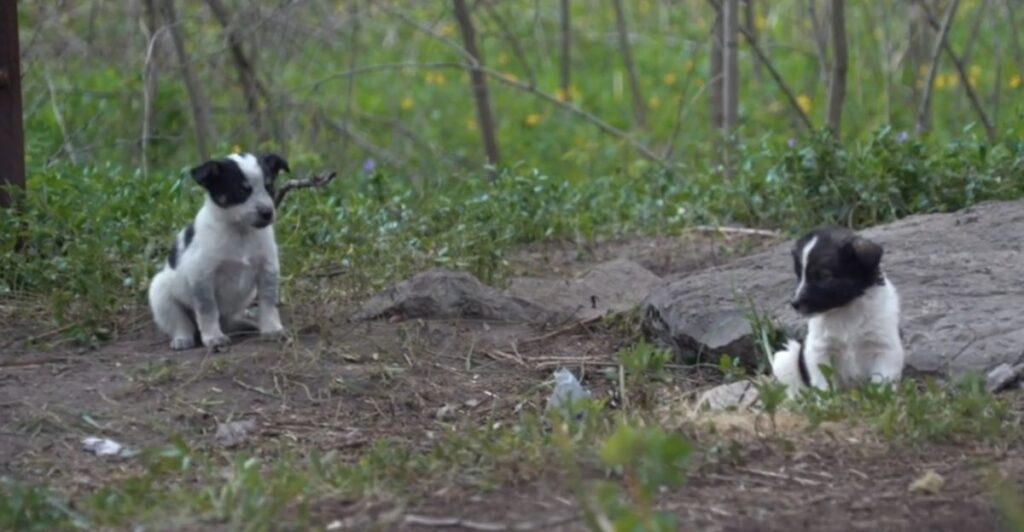
The dogs in Chornobyl are all exceptionally young, not normally being older than four years old. This is because they don’t normally live long due to disease, malnutrition, and local predators. Organizations have tried their best to spay, neuter, feed, and ensure as many dogs as possible are in good health and radiation free, but they cannot thrive in an environment as harsh as the abandoned city with limited volunteer aid.
Genetic Adaptations
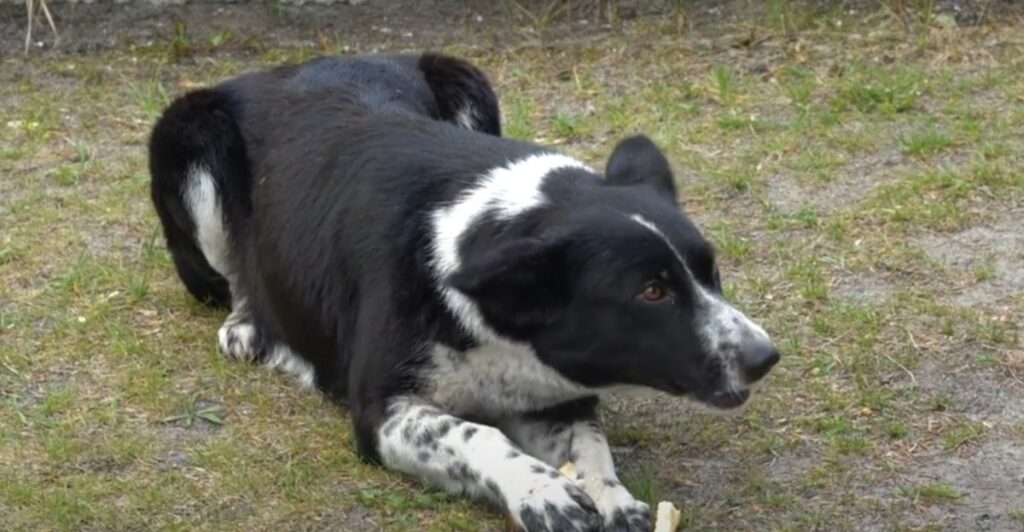
The dogs of Chornobyl have managed to survive for nearly four decades in a radioactive environment with only recent external help. This could be to their unique genetic adaptions, which researchers are busy studying. These “mutations” also spark controversy, as public perception is crucial in getting these animals into loving homes.
Public Perception
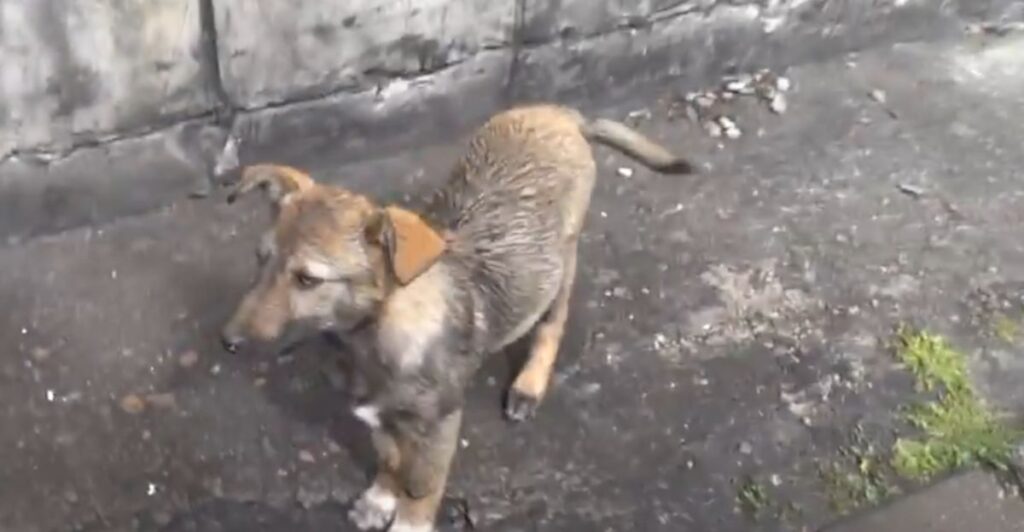
Many years ago, people thought that the descendants of the abandoned pets were contaminated with radiation and, as such, mutated and wild. This perception would make them no longer suitable for domestic use. Recently, however, that consensus has changed.
Successful Adoptions
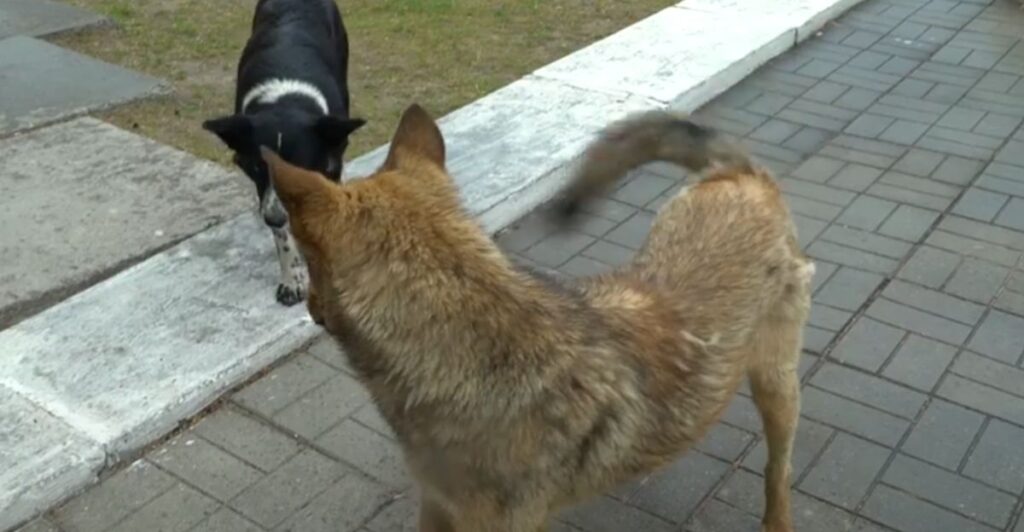
If the 2018 adoptions can tell us anything, it’s that the puppies can be successfully taken out of the Exclusion Zone and raised in a loving environment with little to no complications. With hundreds more strays that need help, why can they no longer be adopted?
Changes In Regulation
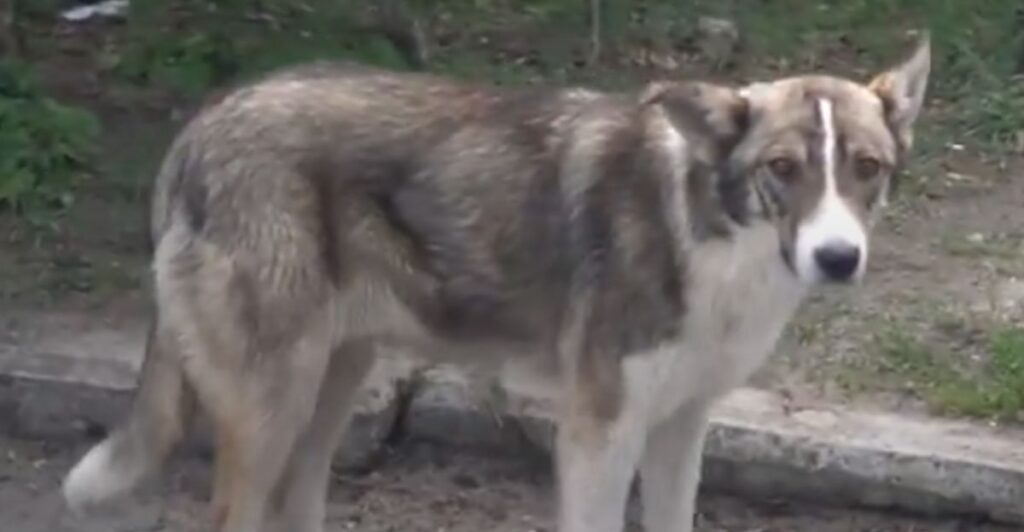
International regulations have seen recent changes. Travel restrictions have been put into place, which complicate both future adoption efforts for the animals and further NGO aid that is crucial in ensuring the dog population is both healthy and surviving.
A Change In Priority
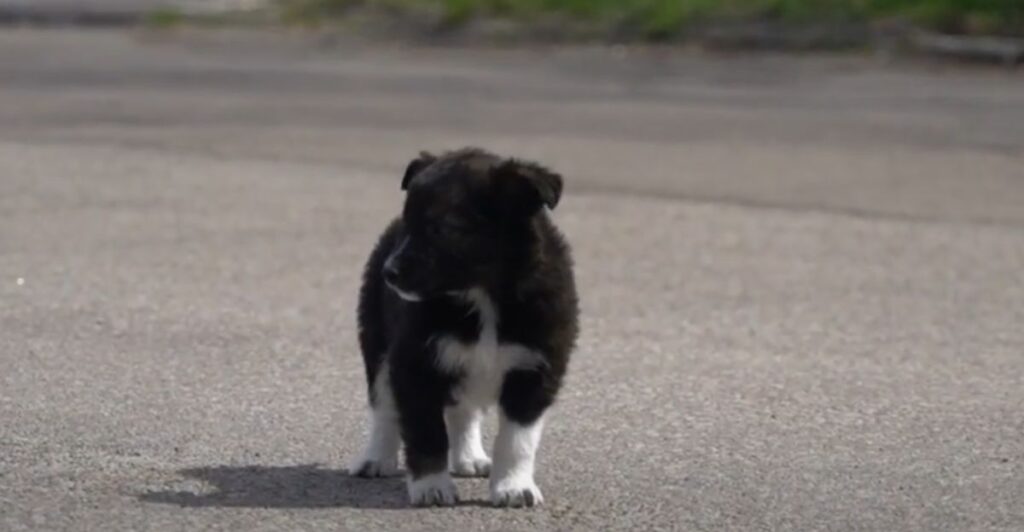
All future adoption processes have been halted, and there is no word on if they may be reopened at some point. There’s been a change in priority to provide virtual support when on-site aid is unavailable as travel restrictions continue to impose a challenge on NGO efforts.
The Reason For The Halt
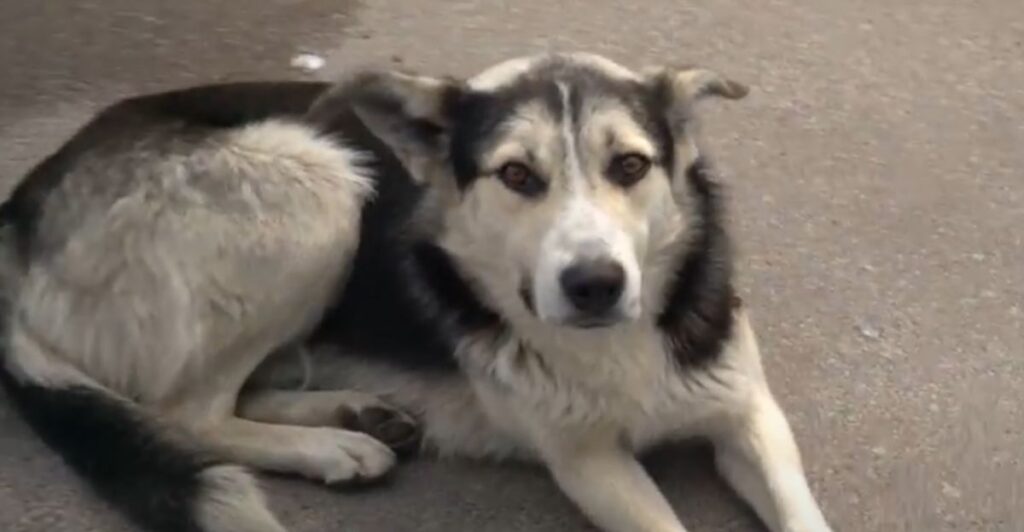
Despite some stigmas working against the dogs of Chornobyl, their genetic adaptations do not have any impact on the adoption process. The real reason for the halt on adoptions has been new regulations that limit the transport of any object outside of Chornobyl, including animals.
The Future In-Store For The Dogs Of Chornobyl
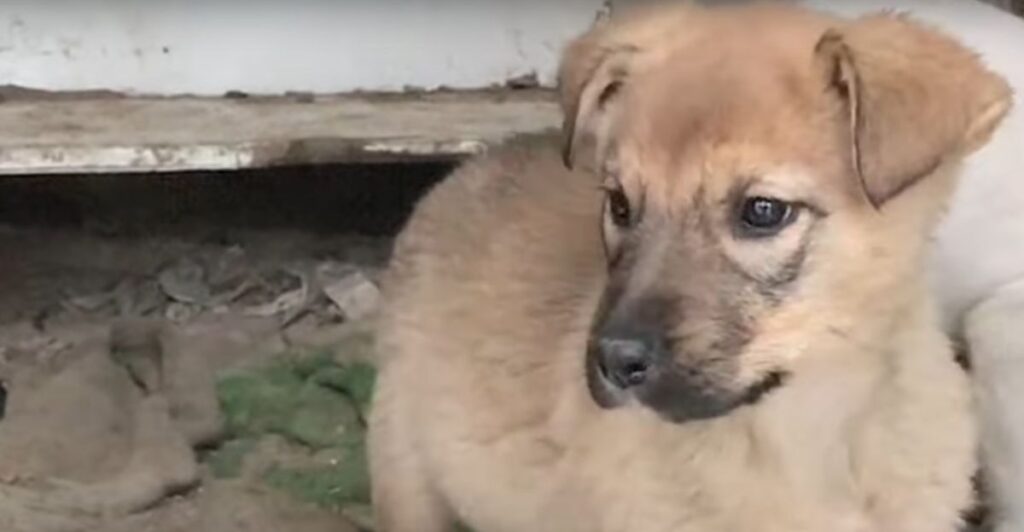
Research on the dogs of Chornobyl is still ongoing. Understanding the survival adaptations could be the key to finding a better long-term strategy to help them. For now, future adoptions seem unlikely, but with it happening in the past, there’s always a possibility for regulations to change, no matter how small.
Discover more of our trending stories and follow us to keep them in your feed

12 Animals That No Longer Fear Humans
10 Dog Breeds That Shouldn’t Be Pets
Philanthropist Promises To Cover $771.23M Annually After US Exit From Climate Accords
The Global Disaster That Reduced Us To 1,300—And How Animals Helped Us Recover
References:
Reference 1
Reference 2
This article first appeared here
Stay connected with us for more stories like this! Follow us to get the latest updates or hit the Follow button at the top of this article, and let us know what you think by leaving your feedback below. We’d love to hear from you!







